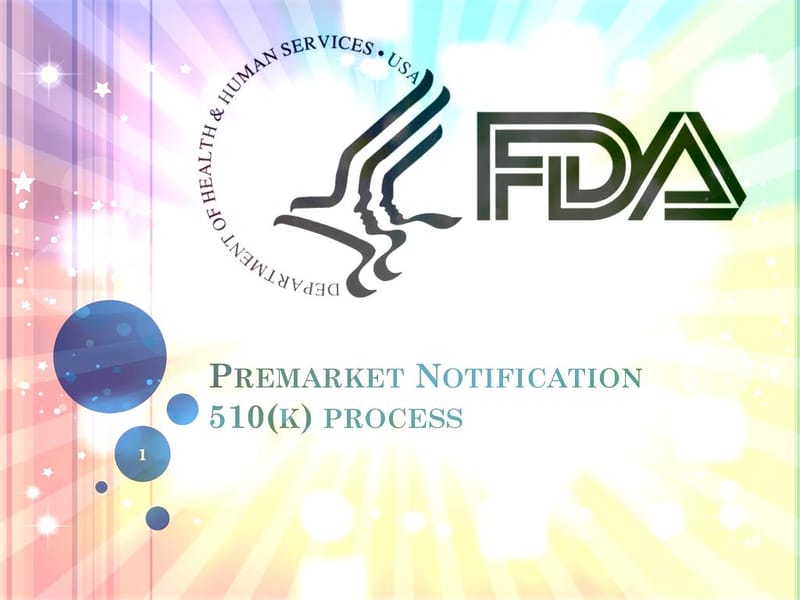Blogs
What is a humanitarian use device (HUD)?
An HUD is a device that is intended to benefit patients in the treatment and diagnosis of diseases or conditions that affect or is manifested in fewer than 4,000 individuals in the United States per year
What is a humanitarian device exemption (HDE) application?
A Humanitarian Device Exemption (HDE) application is similar to a PMA, but because a HUD is exempt from the effectiveness requirements of a PMA, an HDE application is not required to contain the results of scientifically valid clinical investigations demonstrating that the device is effective for its intended purpose.
What is a premarket approval (PMA) application?
A premarket approval (PMA) application is the most stringent type of device marketing application for medical devices.
What is a premarket notification (510(k)) submission?
A premarket notification, or 510(k), is submitted to FDA before a manufacturer proposes to market a medical device. If FDA agrees the new device is substantially equivalent to a legally marketed device for which premarket approval is not required,
What are examples of medical devices?
Examples of medical devices include surgical lasers, wheelchairs, sutures, pacemakers, vascular grafts, intraocular lenses, and orthopedic pins. A longer list of examples of medical devices is in the FDA Information Sheet Guidance, “Significant Risk vs. Non-Significant Risk Devices.”
How does FDA classify medical devices?
In accordance with the Federal Food, Drug, and Cosmetic Act, FDA places all medical devices into one of three regulatory classes based on the level of control necessary to ensure safety and effectiveness of the device
What is a medical device?
A medical device is an instrument, apparatus, implement, machine, contrivance, implant, in vitro reagent, or other similar or related article, including any component, part, or accessory
Definition of Day zero or consideration of Day Zero in cases where the Company uses third party call center to perform intake of complaints from the open channel for a toll free number, fax, Web email
Definition of Day zero or consideration of Day Zero in cases where the Company uses third party call center to perform intake of complaints from the open channel for a toll free number, fax, Web email
Some regulatory inspectors interpret response as an action finding and not a simple acknowledgement of receipt. Are we seeing a trend in one direction?
Webinar - Complaint Handling - Best Practices Some regulatory inspectors interpret response as an action finding and not a simple acknowledgement of receipt. Are we seeing a trend in one direction?
What is the standard for Due Diligence attempts to procure samples responses from unresponsive Complainant?
Complaint Handling - Best Practices



